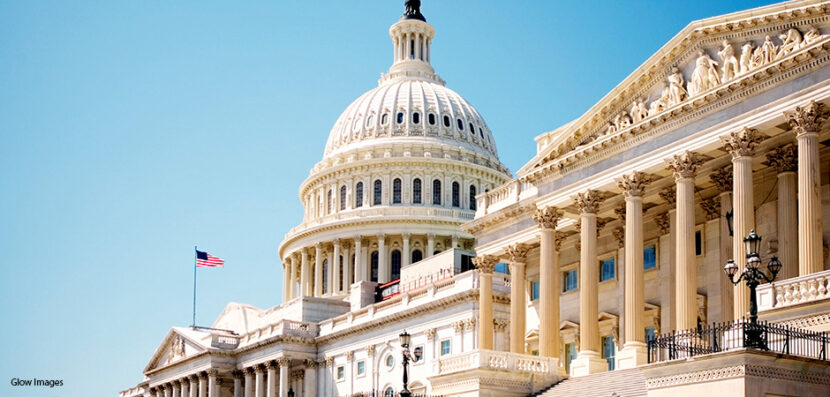Federal Government: Open for Business!
Last Friday, the White House agreed to temporarily reopen the federal government, putting to an end the longest government shutdown in American history. But it may not be too long before the American people face another shutdown. Here, Election Central takes a look at what happened, why, and what the chances are that the same thing could happen all over again.
So What Happened?
The federal government initially shut down when Trump and Congress reached a stalemate about funding for border security. While congressional Democrats allotted over $1 billion for border security–the usual amount–in the budget, Trump demanded $5.7 billion to build a border wall between the United States and Mexico. When congressional Democrats refused to budge, the government shut down because the laws authorizing budgeted spending were not signed. While this has happened before in the nation’s history–including several times during Trump’s first two years as president alone–this was by far the longest federal government closure ever: 35 days. National parks shut down, airport security lines stalled, and roughly 800,000 federal employees didn’t receive paychecks during this time.
On the day of the Women’s March, Trump made an announcement on national television that he was willing to compromise. His suggestion? Congress would give him his border wall, and in exchange, he would develop a program to allow Dreamers (undocumented immigrants brought here as children) to remain in the United States. Congressional Democrats turned him down flat. Their argument was that because the president was the one who initially removed protections for Dreamers in the first place, giving the protections back was no real deal.
While the Republican Congress initially supported Trump’s demands for funding for the wall, as the shutdown dragged on, support from the president’s party began to weaken. Last week, six Republican senators announced that they had changed their minds about the shutdown and no longer supported the president. Facing this growing pressure, last Friday, the White House agreed to temporarily reopen the government for three weeks, to give congressional negotiators time to try to find a compromise solution.
Related Link: View or read President Trump’s statement about the reopening of the full government.
Could It Happen Again?
If Trump and congressional Democrats can’t reach a compromise on border security, then yes. Republicans in the House of Representatives have already indicated that they would support Trump in the event of another shutdown. However, the Republican-controlled Senate isn’t so sure. A few key Republican negotiators have stated outright that they would not support another shutdown.
In the event that no compromise on the border wall is reached, Trump has announced two options. The first, of course, is another federal government shutdown. The second is that President Trump may declare a national emergency on the southern border. This could allow him to bypass Congress to take whatever money he needs for the border wall–using “emergency powers’. If this happens, it might take months of expensive court battles before Trump would actually see any money for the wall.
Meanwhile, Congress is in a tough spot. Democrats must decide whether to give in to Trump’s demands for funding for the wall, or continue to refuse him and risk another unpopular shutdown. At the same time, Republicans must choose whether to go against the president–losing his support–or continue to back him and whatever action he takes next, which voters are likely to remember in the next election cycle.
What Do You Think? Write a letter to one of your local members of Congress, stating what position you think he or she should take on the border funding crisis, and why. Don’t know who your members of Congress are? Click here to find out.



